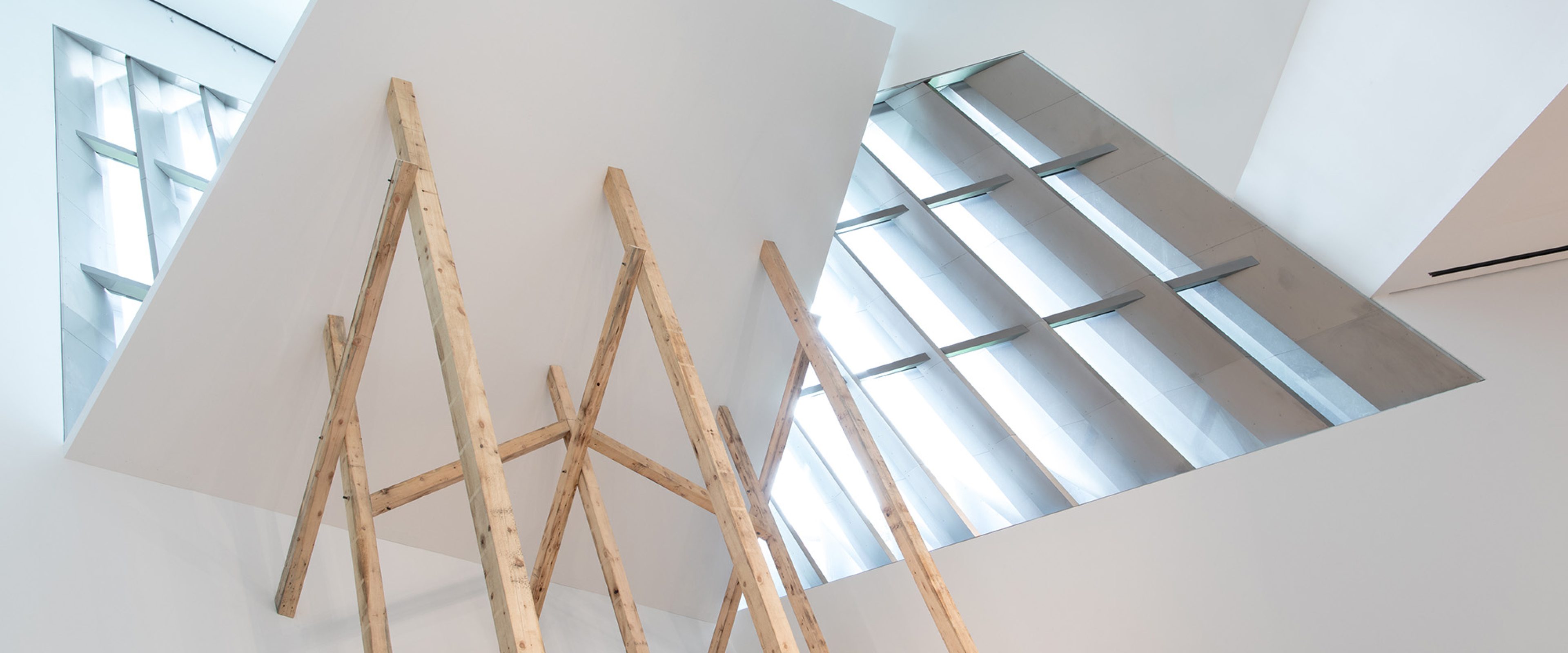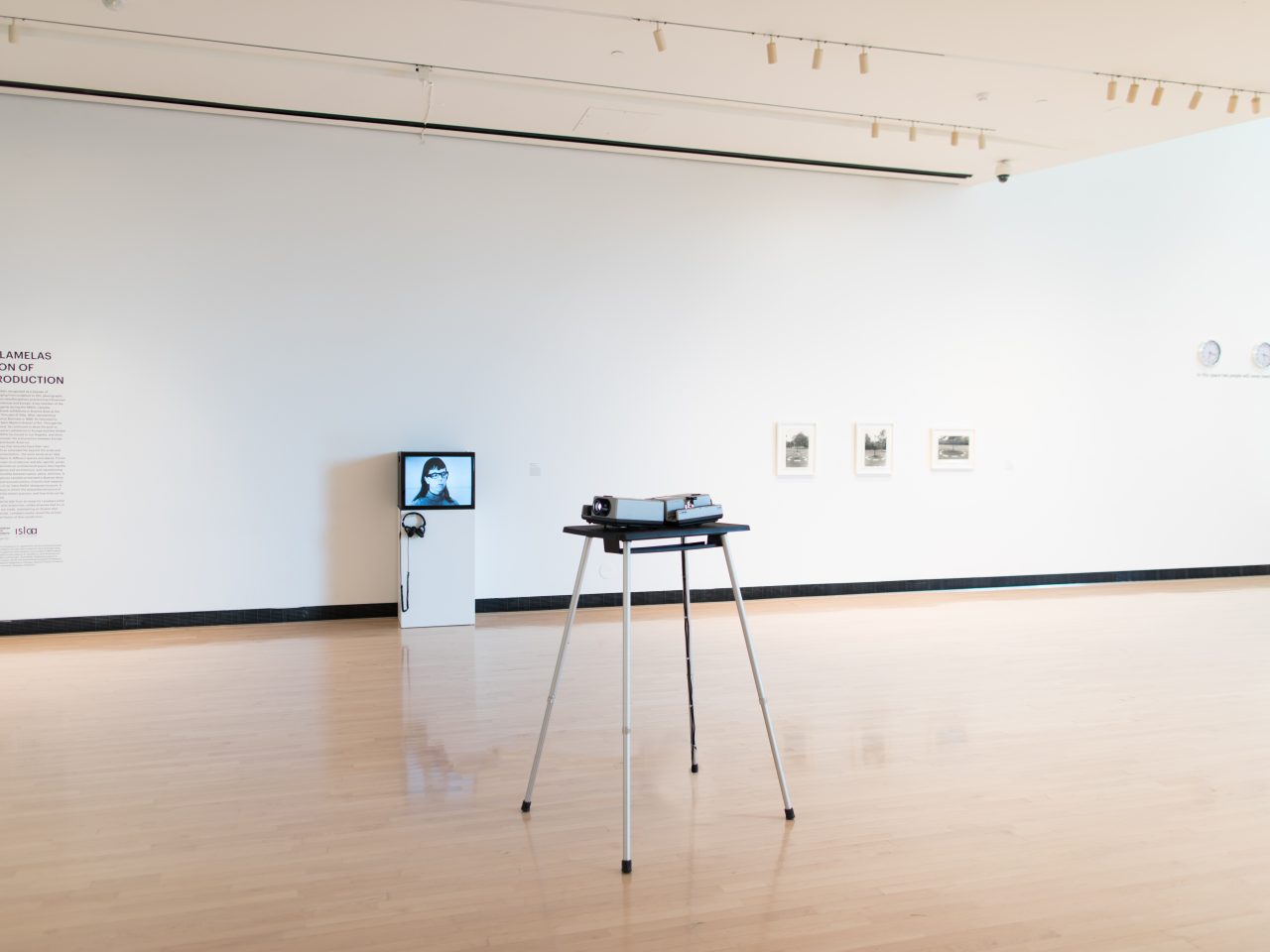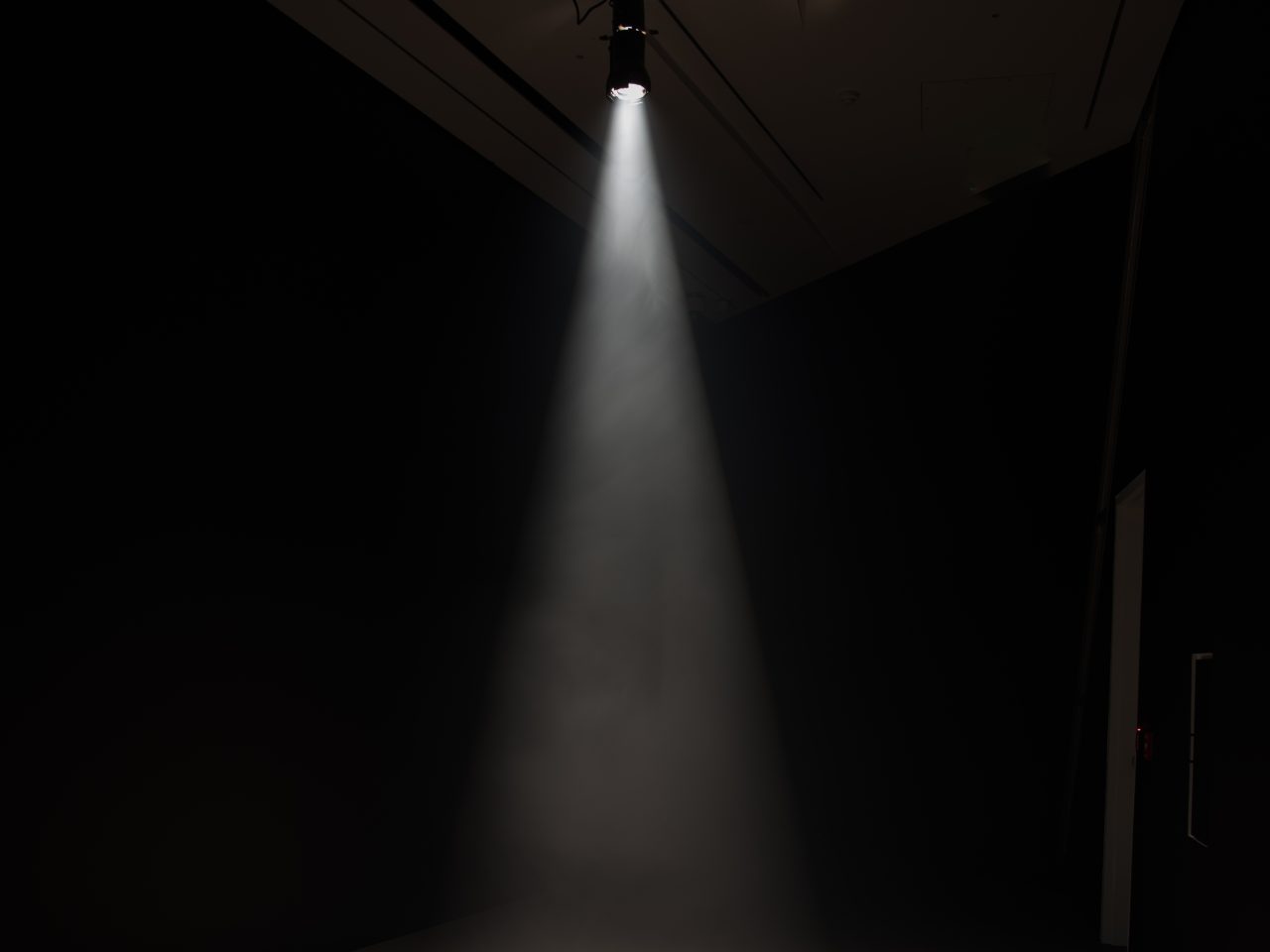David Lamelas: Fiction of a Production is organized by the Eli and Edythe Broad Art Museum at Michigan State University and curated by Carla Acevedo-Yates, Associate Curator. Lead support for this exhibition is provided by MSU Federal Credit Union. Special thanks to the Institute for Studies on Latin American Art (ISLAA) and to its President and Founder, Ariel Aisiks. Additional support is provided by Bonnie Ann Larson, the Eli and Edythe Broad endowed exhibitions fund, the Consulate General of Argentina in Chicago, Atwood Forestry Products, and The Michigan State University Shadows Collection.
About the Exhibition
David Lamelas is widely recognized as a pioneer of conceptual art. Ranging from sculpture to film, photography, and performance, his interdisciplinary practice has influenced artists across the Americas and Europe. A key member of the Argentinean avant-garde during the 1960s, Lamelas participated in landmark exhibitions in Buenos Aires at the influential Instituto Torcuato di Tella. After representing Argentina at the Venice Biennale in 1968, he relocated to London to study at Saint Martin’s School of Art. Through the 1970s and well beyond, he continued to show his work in important conceptual art exhibitions in Europe and the United States. In the mid-1970s he moved to Los Angeles, and since then he has led a nomadic life and practice between Europe, the United States, and South America.
Lamelas believes that artworks have their own consciousness, with an extended life beyond the artist and their initial site of presentation—the work exists as an idea that evolves and adapts to different spaces and places. Fiction of a Production focuses on sculptures and site-specific works that analyze and deconstruct architectural space, blurring the lines between sculpture and architecture, and repositioning sculpture as a relationship between space, place, and time. It features early sculptures Lamelas presented in Buenos Aires during the 1960s and reconstructions of works that respond to the architecture of our Zaha Hadid–designed museum. It also explores the ways in which the sequential structure of film has influenced the artist’s practice, and how time can be a sculptural material.
The show takes its title from an essay by Lamelas’s artist friend Raúl Escari, who writes that, unlike artworks that try to disguise how they are made, maintaining an illusion that exceeds their materials, Lamelas’s works reveal the activity of their making, the fiction of their production.






